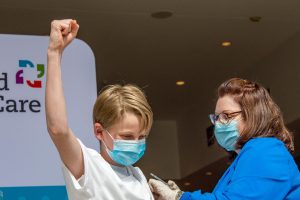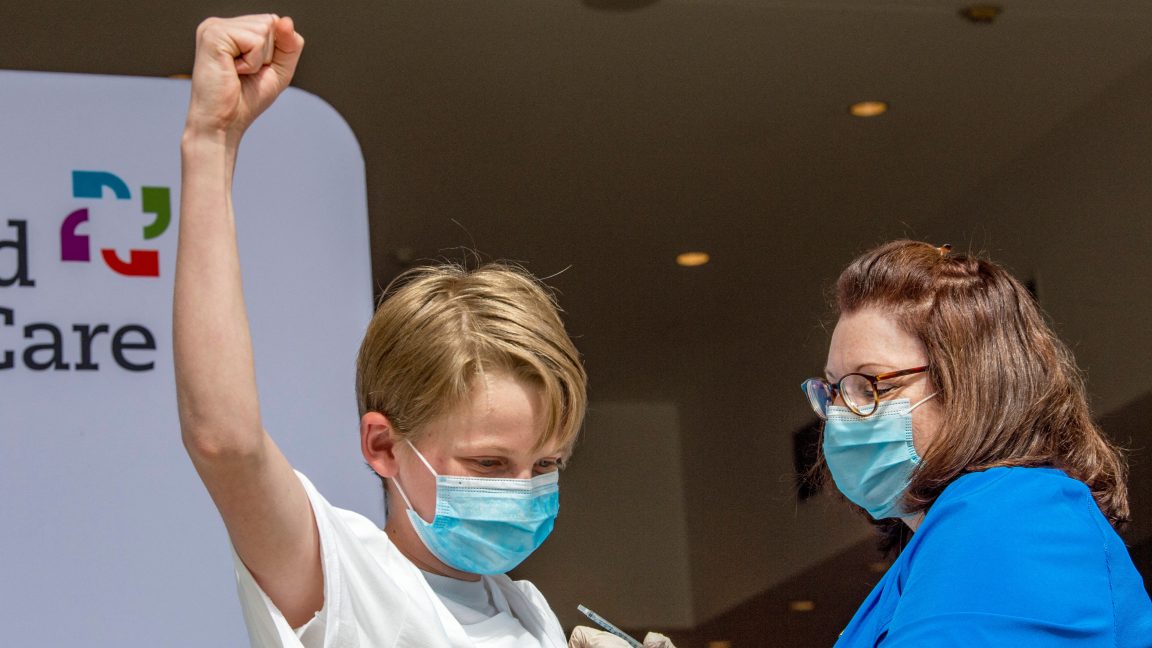COVID-19 vaccines cut the risk of long COVID by between 57–73 percent in kids and teens, according to a study published today in JAMA Network Open. And there's more good news: A second study published today in the journal offered more data that the now-annual shots are not linked to sudden cardiac arrest or sudden cardiac death in young athletes—a claim that gained traction on social media and among anti-vaccine groups during the acute phase of the pandemic.
Together, the studies bolster current recommendations that children and teens should stay up to date on their COVID-19 vaccines, which are estimated to have prevented more than 3 million deaths and more than 18 million hospitalizations in the first two years of their use. So far, the recommendations for kids have largely gone unheeded; only 14 percent of children ages 5 to 17 are up to date on their 2024–2025 COVID shot. Surveys suggest that parents largely think the vaccines are unnecessary, given that most children only have mild COVID infections.
Still, not all infections are mild, and even mild cases can lead to long COVID, according to the authors of the first study. An estimated 1 percent to 3 percent of children infected with SARS-CoV-2 will develop long COVID, defined as having symptoms that continue or develop four or more weeks after the initial phase of infection. With tens of millions of kids getting infected with the pandemic virus, a large number of them are at risk of developing the condition.
The finding that the vaccines substantially reduce the risk of long COVID in kids echoes findings seen in studies on adults. However, studies on children have been limited and inconsistent.
For the new study, led by researchers at the Centers for Disease Control and Prevention, kids from Florida, Texas, Arizona, and Utah, all between the ages of 5 and 17, were followed between December 2021 and March 2023. They had no history of SARS-CoV-2 infections before the study and were tested for the new infections via weekly nasal swabs. In all, 622 kids tested positive for SARS-CoV-2 during the trial and were eligible to be in the analysis. Of the 622, 28 developed long COVID, 12 of whom (43 percent) were unvaccinated, and 594 acted as controls, 136 of whom (23 percent) were unvaccinated.



 Loading comments...
Loading comments...
